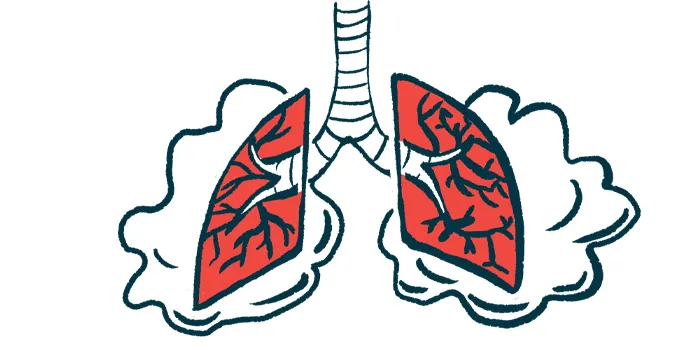
Could CT Scan Patterns of Lung Damage Hold the Key to Predicting ANCA Relapse?
2024-09-30
Overview of the Research
Recent research from Germany suggests that analyzing specific patterns of lung damage on CT scans may be instrumental in forecasting disease outcomes for patients with ANCA-associated vasculitis (AAV). This disease, which primarily affects small blood vessels, can also compromise lung function, leading to severe health implications.
Key Findings on CT Scan Patterns
Ground-glass opacities (GGO)—characterized by hazy white areas seen on CT scans due to conditions such as fluid accumulation, airway collapse, or tissue scarring—were found to be associated with increased relapse rates in AAV patients. Similarly, the presence of pleural effusion, which refers to fluid buildup surrounding the lungs, also indicated a higher likelihood of relapses. Conversely, lung nodules were observed to correlate with a lower incidence of relapses.
Study Details
Published in Rheumatology International, the study titled "Distinct pulmonary patterns in ANCA-associated vasculitides: insights from a retrospective single center cohort study" analyzed the data and CT scans of 94 AAV patients over a period stretching from 1999 to 2020 at Aachen University Hospital.
Understanding AAV and Its Implications
AAV is an autoimmune condition marked by the presence of anti-neutrophil cytoplasmic antibodies (ANCAs), leading to significant inflammation and damage. Lung involvement is a major concern, affecting up to 85% of patients with granulomatosis with polyangiitis (GPA) and about 50% of patients with microscopic polyangiitis (MPA).
Assessment of Lung Patterns
In this study, researchers meticulously assessed CT scans for specific patterns, including GGO, micronodules, lung nodules, masses, cavities, interstitial lung disease (ILD), and pleural effusion. Interestingly, more than half of the patient cohort had GPA, while a significant percentage also presented with kidney involvement, a common issue linked with this disease.
Statistical Insights
The results highlighted that patients exhibiting lung complications were 71% more likely to experience disease relapses and had an 82% increased risk of mortality, though these findings did not achieve statistical significance. Moreover, lung-affected patients were almost six times more likely to need plasma exchange—a procedure designed to remove antibodies from circulation—compared to those without lung involvement.
Treatment Methods and Comparisons
Both rituximab, a monoclonal antibody therapy, and cyclophosphamide were employed equally in treating these patients to induce remission, with no significant variances noted in mortality or relapse rates between the two treatment methods.
Comparative Analysis between MPA and GPA Patients
When comparing MPA with GPA patients, notable disparities in lung damage patterns emerged. A higher proportion of MPA patients exhibited GGO and ILD, while GPA patients had more lung nodules. Interestingly, pleural effusions were predominantly found in MPA patients, whereas GPA patients were more prone to lung cavities.
Conclusions and Future Directions
Crucially, the researchers warned that lung opacities were linked to a nearly ninefold increase in relapse likelihood, highlighting the importance of thorough imaging analysis in managing AAV. Additionally, the presence of cavities was associated with an 89% lower chance of serious infections, while lymphadenopathy—swelling of the lymph nodes—induced a sevenfold increase in mortality risk.
Despite the sobering statistics surrounding AAV, researchers believe that understanding these CT scan patterns could facilitate more tailored immunosuppressive therapies moving forward. They called for larger, multicentric studies to substantiate their claims and potentially revolutionize how individualized therapy is approached for AAV patients.
As awareness of AAV grows and research continues to unravel the complexities of its pulmonary manifestations, this groundbreaking study could herald a new era of precision medicine for patients at risk of relapse.


 Brasil (PT)
Brasil (PT)
 Canada (EN)
Canada (EN)
 Chile (ES)
Chile (ES)
 España (ES)
España (ES)
 France (FR)
France (FR)
 Hong Kong (EN)
Hong Kong (EN)
 Italia (IT)
Italia (IT)
 日本 (JA)
日本 (JA)
 Magyarország (HU)
Magyarország (HU)
 Norge (NO)
Norge (NO)
 Polska (PL)
Polska (PL)
 Schweiz (DE)
Schweiz (DE)
 Singapore (EN)
Singapore (EN)
 Sverige (SV)
Sverige (SV)
 Suomi (FI)
Suomi (FI)
 Türkiye (TR)
Türkiye (TR)